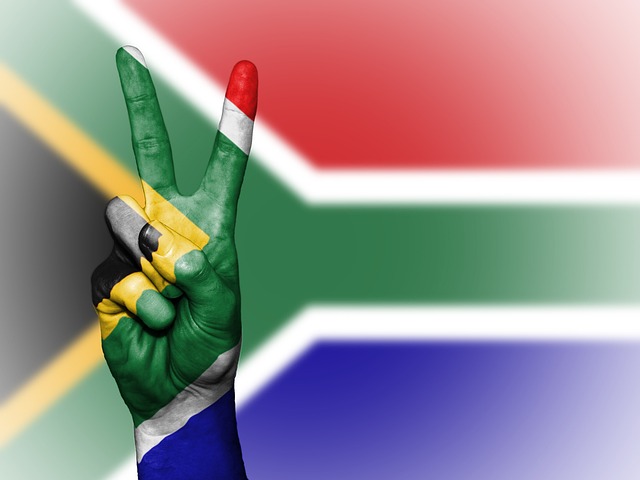
Johannesburg, South Africa – South Africa’s annual inflation rate for 2024 dipped to 4.4%, marking the lowest level since 2020, the country’s statistics agency announced on Wednesday. This represents a significant decline from the 6.0% recorded in 2023.
While the monthly inflation rate for December inched up slightly to 3.0% from 2.9% in November, the overall annual figure remained well within the South African Reserve Bank's (SARB) target range of 3-6%.
Implications for Monetary Policy
The easing inflation has heightened expectations that the SARB will continue its easing cycle and reduce interest rates for the third consecutive time at its Monetary Policy Committee (MPC) meeting on January 30. The central bank has already cut rates by a cumulative 50 basis points in September and November of the previous year.
A series of factors, including falling fuel prices and a strengthening rand, contributed to the decline in inflation. The lower inflation rate provides the SARB with more flexibility to support economic growth without jeopardizing price stability.
Economic Outlook
The lower inflation rate is a positive sign for the South African economy, which has been struggling with weak growth and high unemployment. By cutting interest rates, the SARB aims to stimulate borrowing and investment, thereby boosting economic activity.
However, the central bank will need to carefully balance the need to support growth with the risks of fueling inflation. Factors such as global economic conditions, exchange rate fluctuations, and wage pressures could influence the future trajectory of inflation.
[Copyright (c) Global Economic Times. All Rights Reserved.]






























